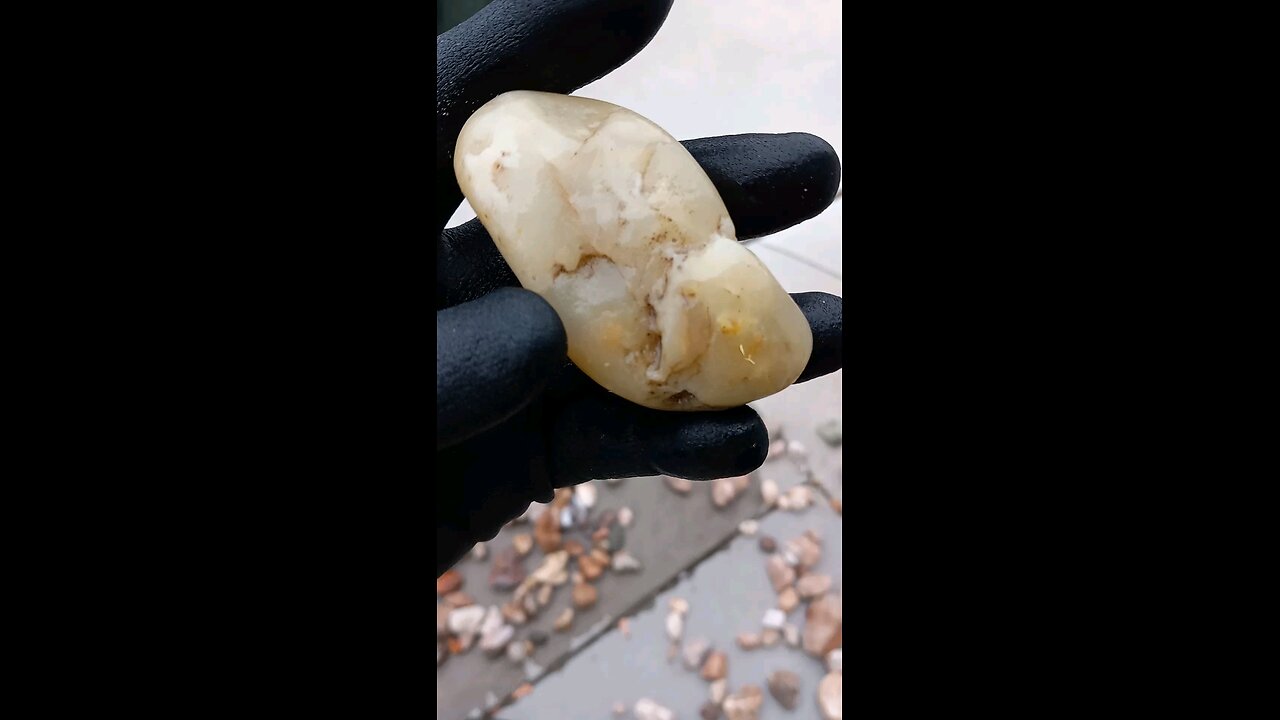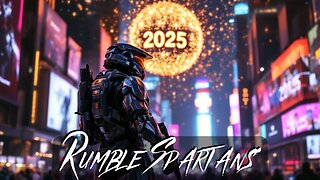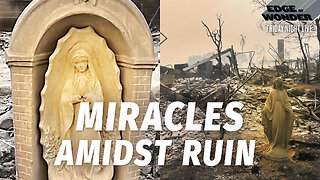Premium Only Content

Chalcedony!
#Chalcedony is a cryptocrystalline form of silica, much like chert, but it's distinguished by its fibrous microcrystalline structure. Here are the key features of chalcedony:
Composition:
Silica (SiO₂): Like chert, it's primarily composed of quartz, but the structure of the crystals is different.
Texture and Structure:
Microcrystalline: The individual crystals are too small to be seen with the naked eye.
Fibrous: Chalcedony often displays a fibrous or acicular (needle-like) structure in contrast to the more blocky or mosaic structure of other quartz varieties like chert.
Varieties of Chalcedony:
Agate: Known for its banded or layered appearance; each band often has a slightly different color.
Jasper: Similar to chalcedony but typically more opaque and can contain significant impurities like iron, giving it a wide range of colors.
Onyx: Usually refers to chalcedony with parallel bands of black and white, though the term can be misused for other banded chalcedonies.
Carnelian: A reddish variety due to iron oxide impurities.
Chrysoprase: Colored green by nickel silicate inclusions.
Bloodstone (Heliotrope): A dark green chalcedony with red spots of iron oxide or hematite.
Physical Properties:
Hardness: 6.5 to 7 on the Mohs scale, slightly softer than quartz but still quite durable.
Luster: Waxy or greasy when polished.
Transparency: Can range from translucent to nearly opaque.
Fracture: Conchoidal, similar to chert, but due to its fibrous nature, it can show a splintery fracture in some cases.
-
 3:55:11
3:55:11
I_Came_With_Fire_Podcast
15 hours agoTrump SABOTAGE, LA FIRE CHIEF SUED, and BIDEN’S LAST F-U!
21.8K7 -
 2:59:47
2:59:47
Joker Effect
7 hours agoUkraine in a video game? Hardest thing I have done. S.T.A.L.K.E.R.2 Heart of Chornobyl,
80K4 -
 1:15:22
1:15:22
Flyover Conservatives
1 day agoEczema, Brain Fog, B.O., and Gas… Eating Steak and Butter Creates Ultimate Health Hack - Bella, Steak and Butter Gal | FOC Show
61.3K3 -
 51:58
51:58
PMG
10 hours ago $2.62 earned"Can the Government Learn from Elon Musk’s 70% Labor Cut? A Deep Dive into Inefficient Agencies"
42.9K1 -
 6:39:15
6:39:15
Amish Zaku
10 hours agoRumble Spartans #10 - New Year New Maps
37.4K2 -
 1:04:58
1:04:58
In The Litter Box w/ Jewels & Catturd
1 day agoNo Tax On Tips! | In the Litter Box w/ Jewels & Catturd – Ep. 722 – 1/17/2025
155K32 -
 5:35:39
5:35:39
Dr Disrespect
16 hours ago🔴LIVE - DR DISRESPECT - WARZONE - CRAZY CHALLENGES
175K34 -
 1:16:30
1:16:30
Edge of Wonder
12 hours agoLA Fire Updates: Miracles Amidst the Devastation
48.7K14 -
 54:54
54:54
LFA TV
16 hours agoBanning Mystery of the Ages | TRUMPET DAILY 1.17.25 7pm
41.5K8 -
 1:47:13
1:47:13
2 MIKES LIVE
10 hours ago2 MIKES LIVE #168 Open Mike Friday!
35.3K3